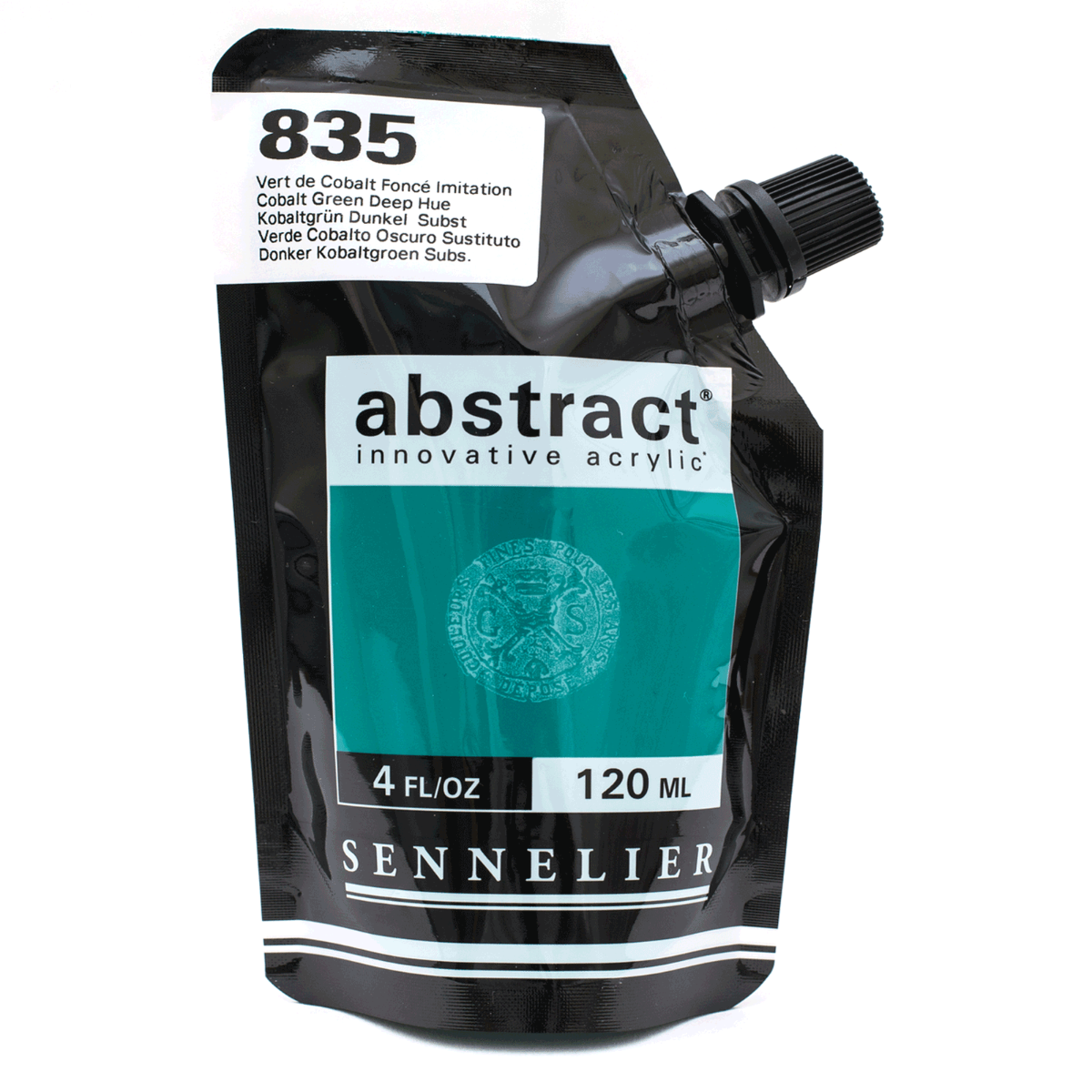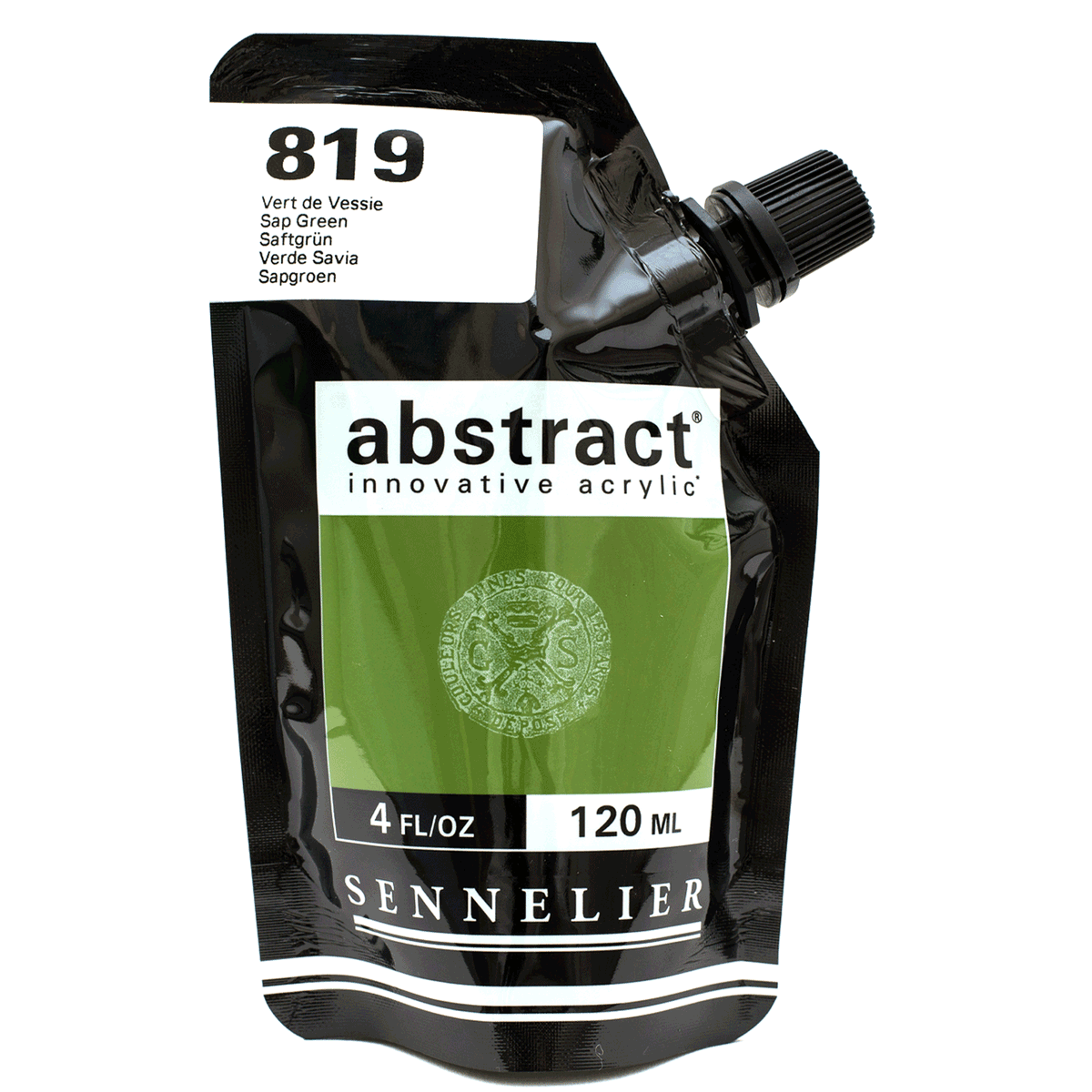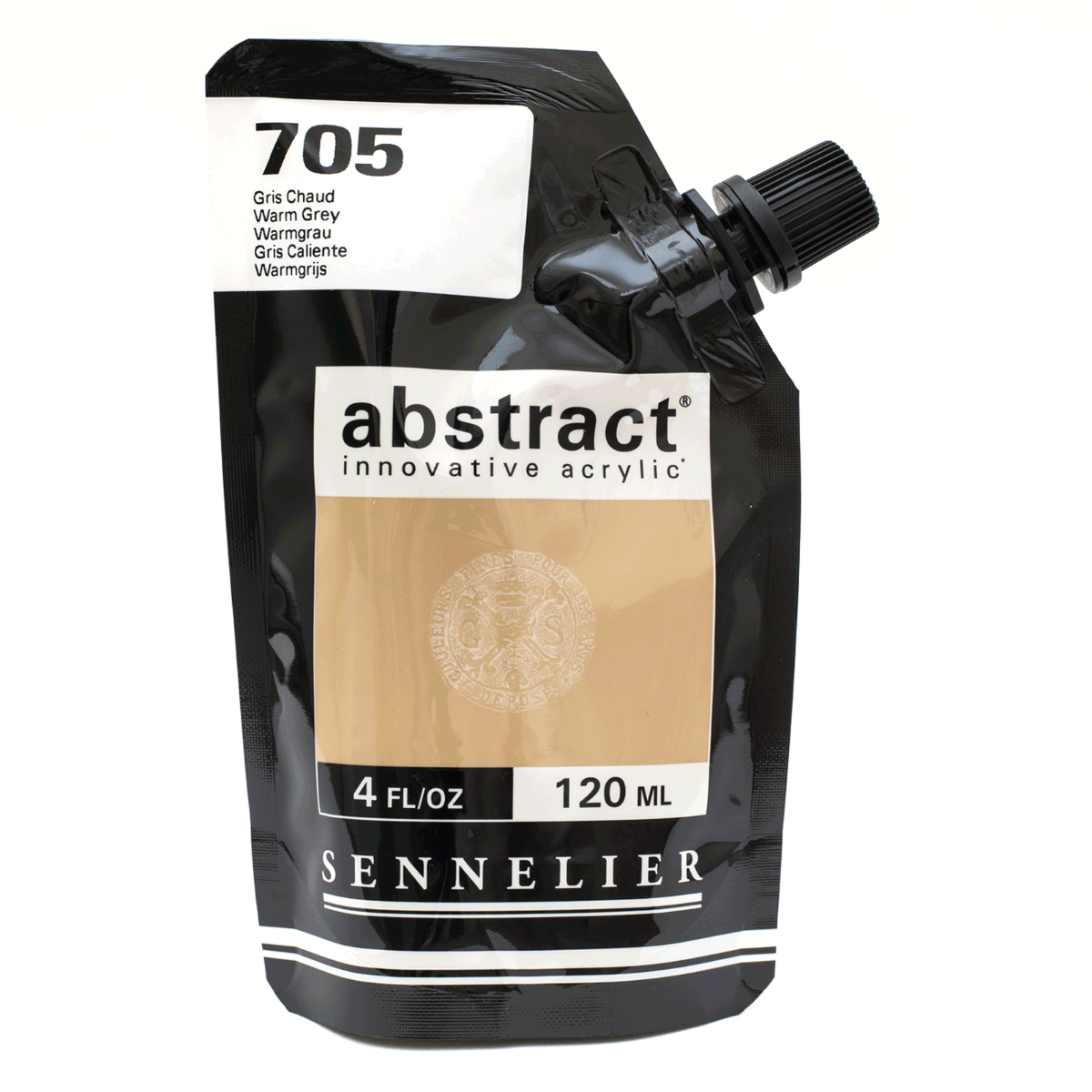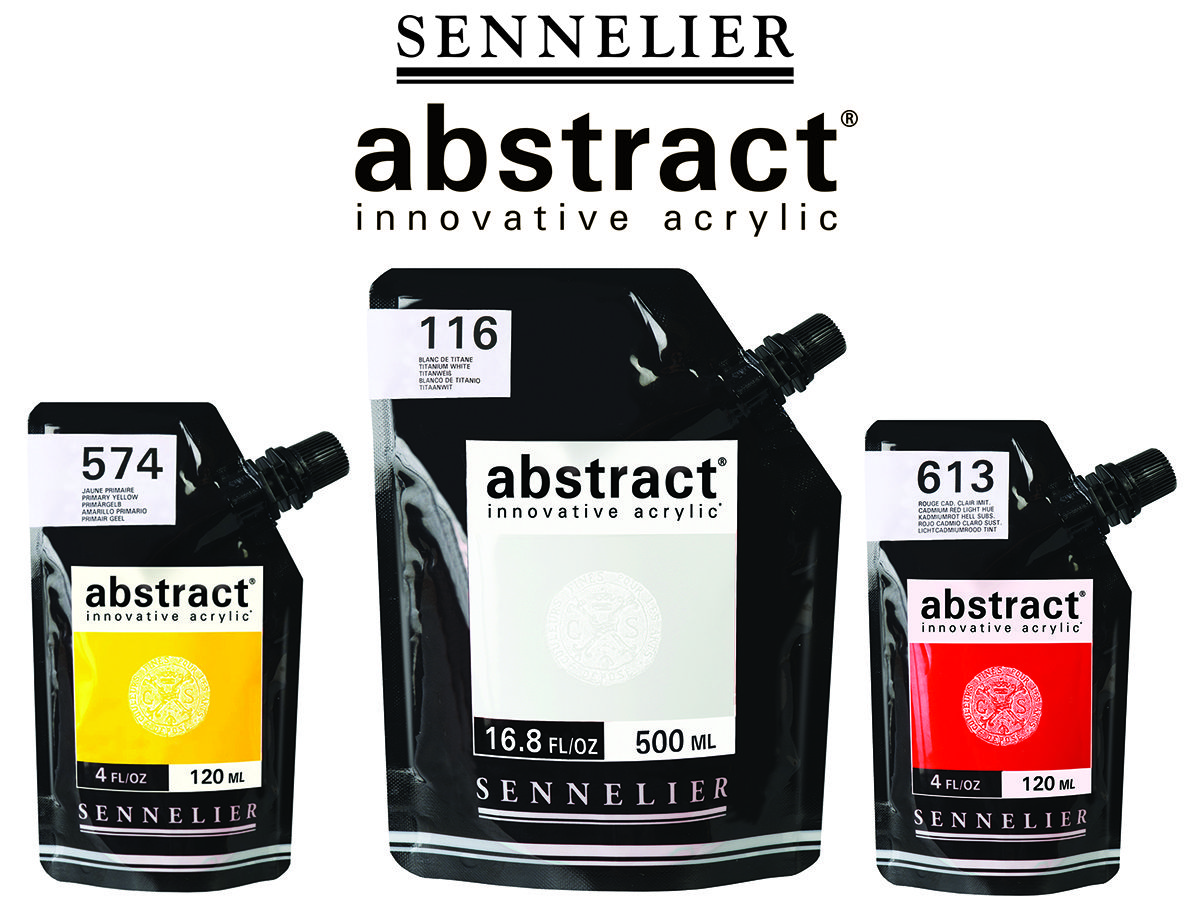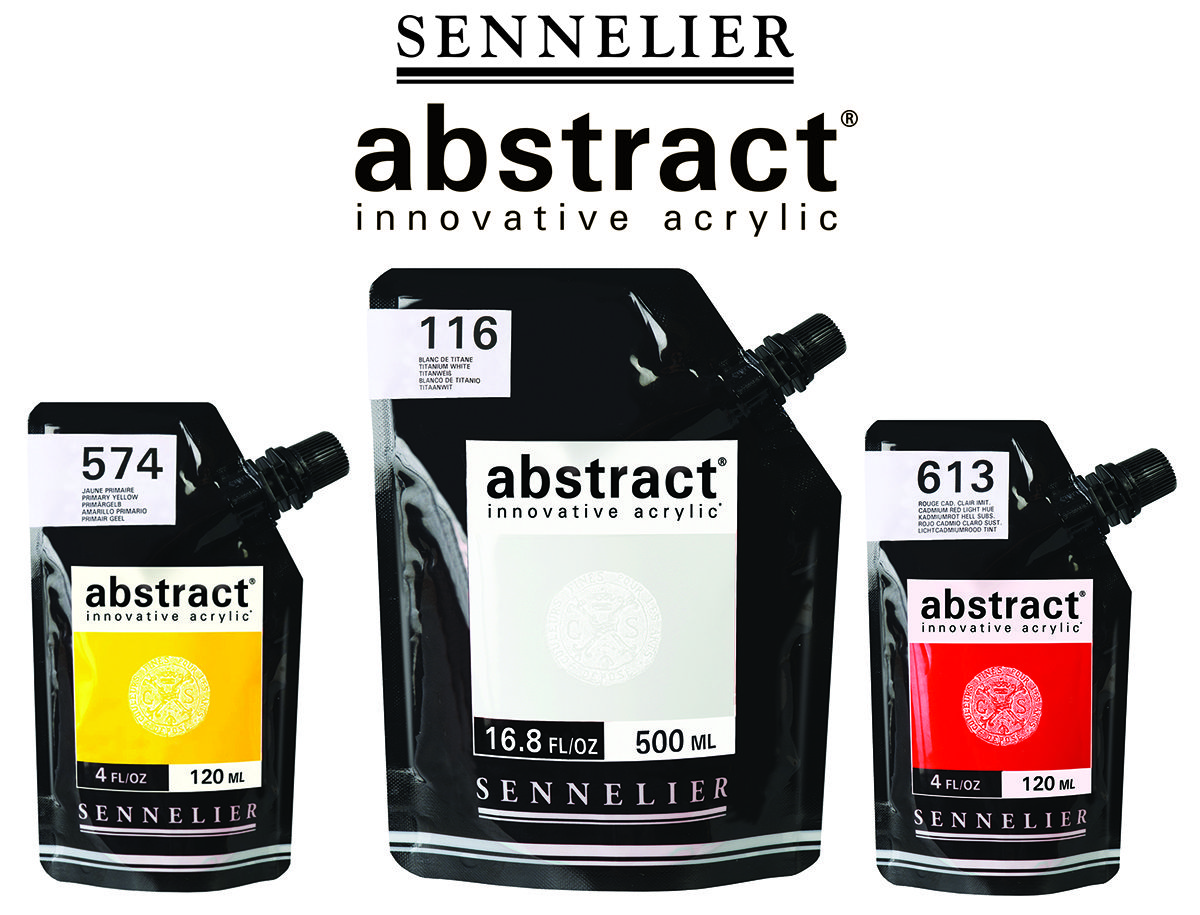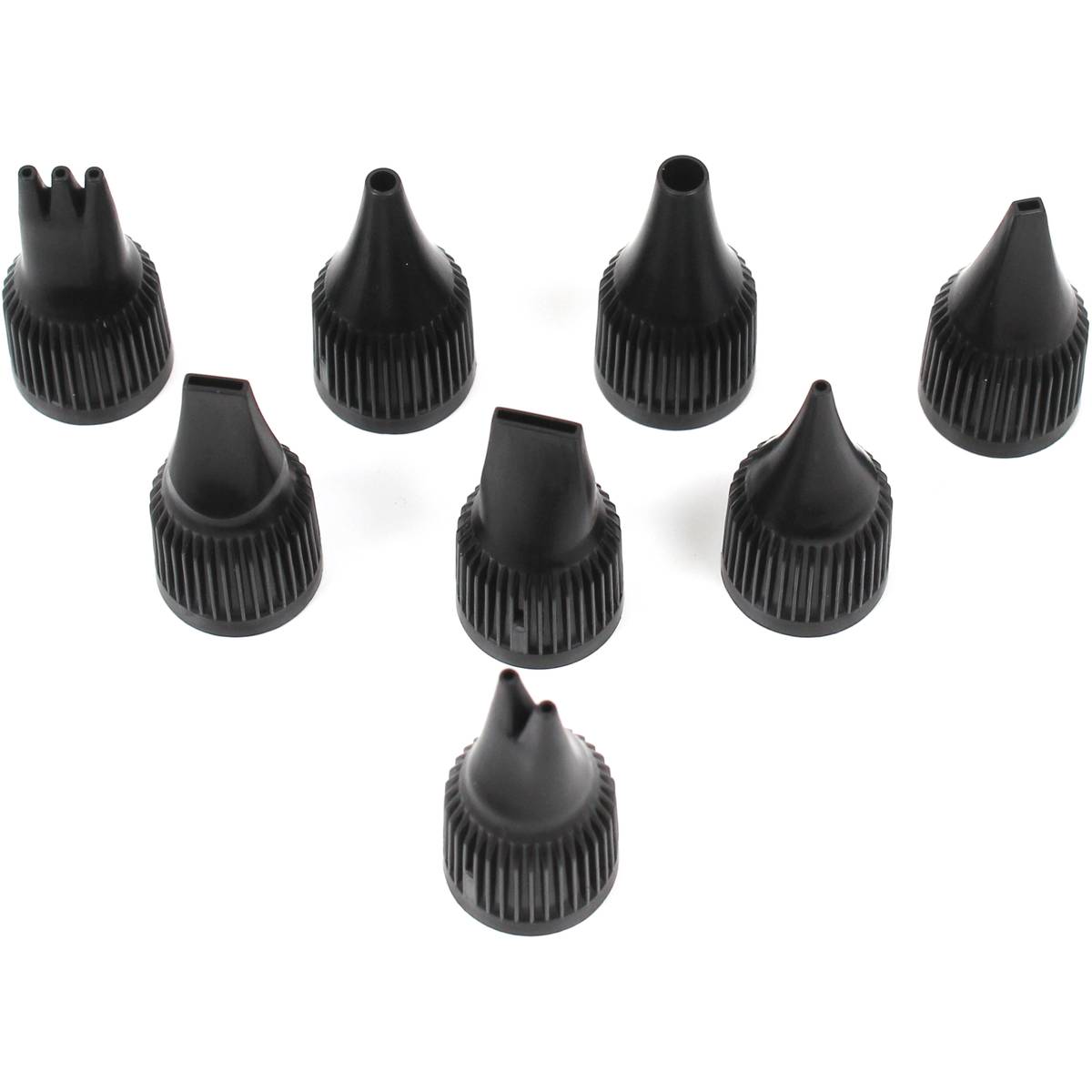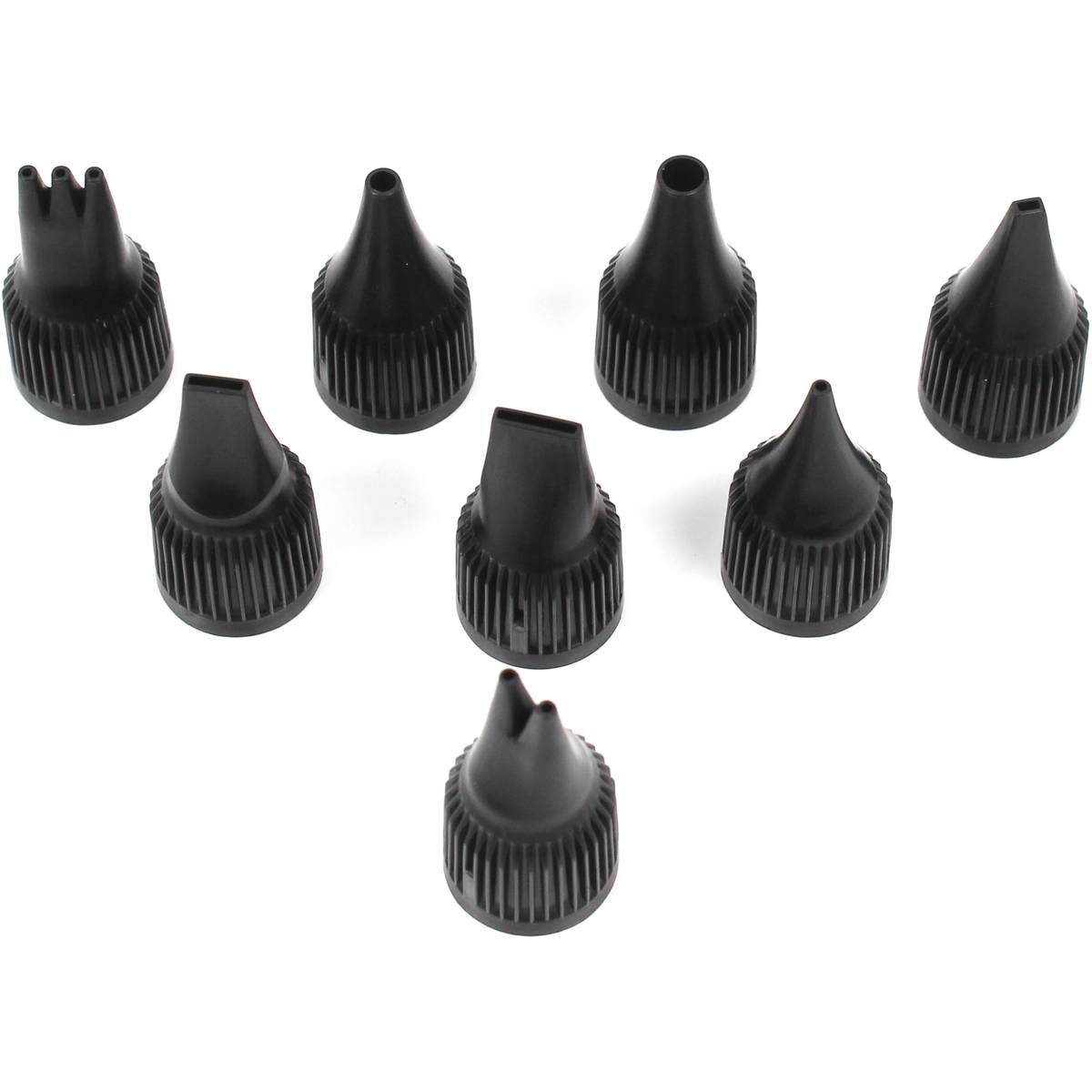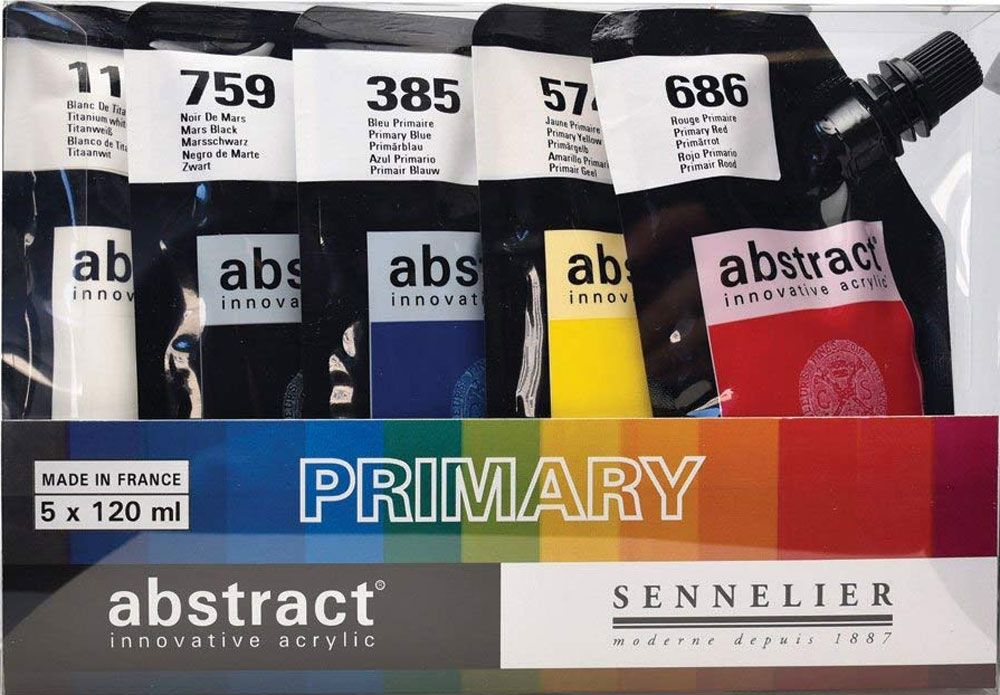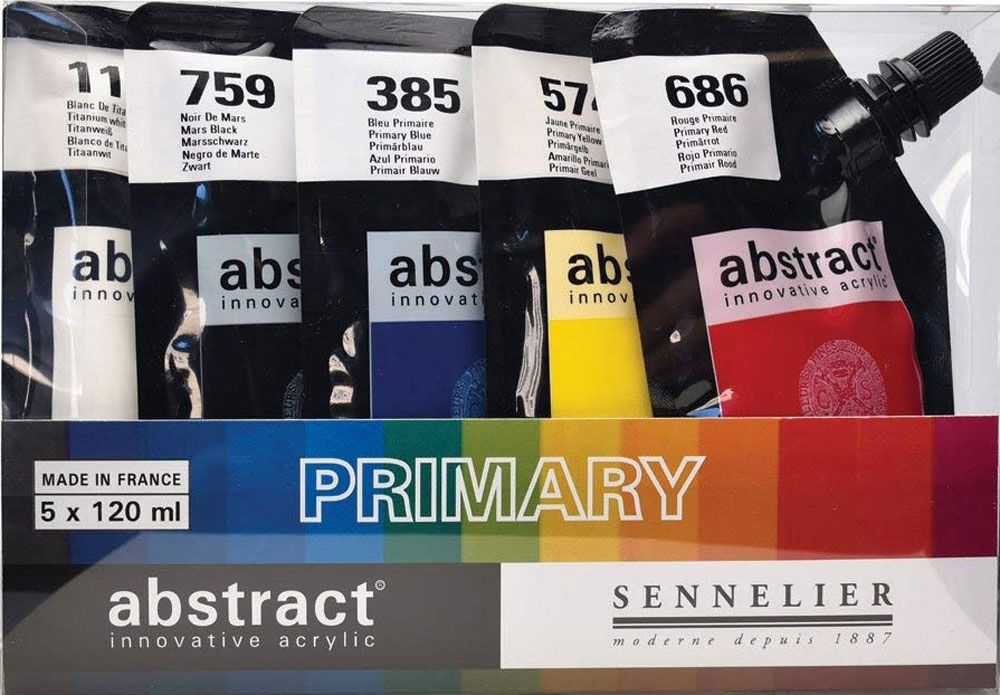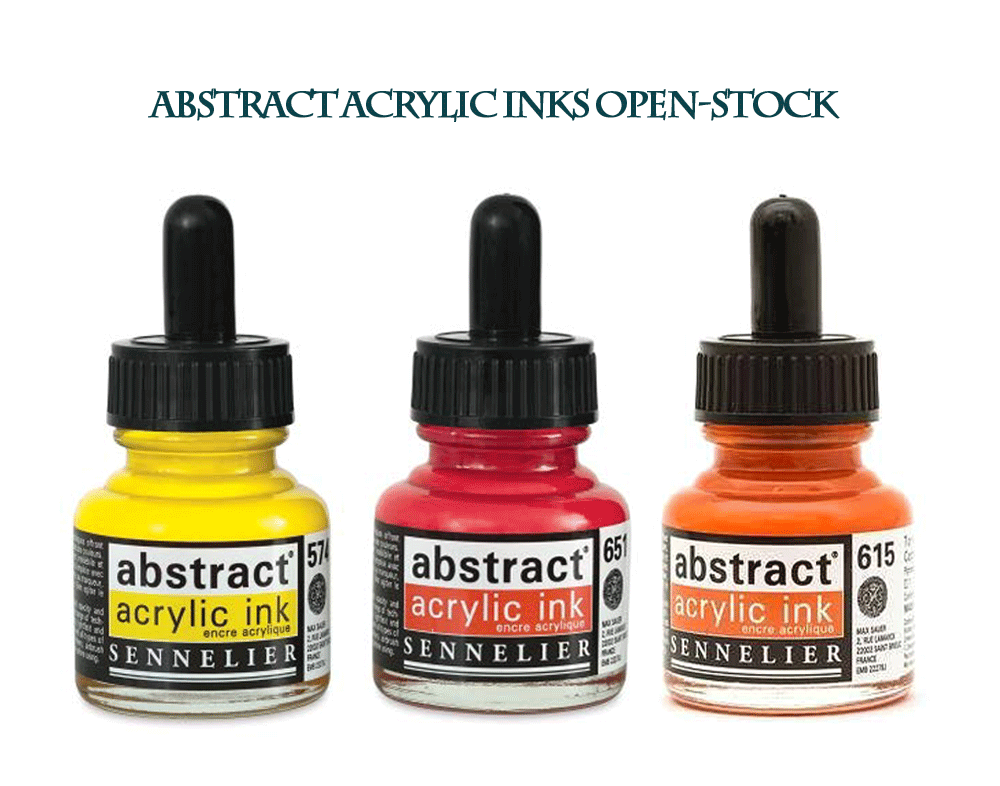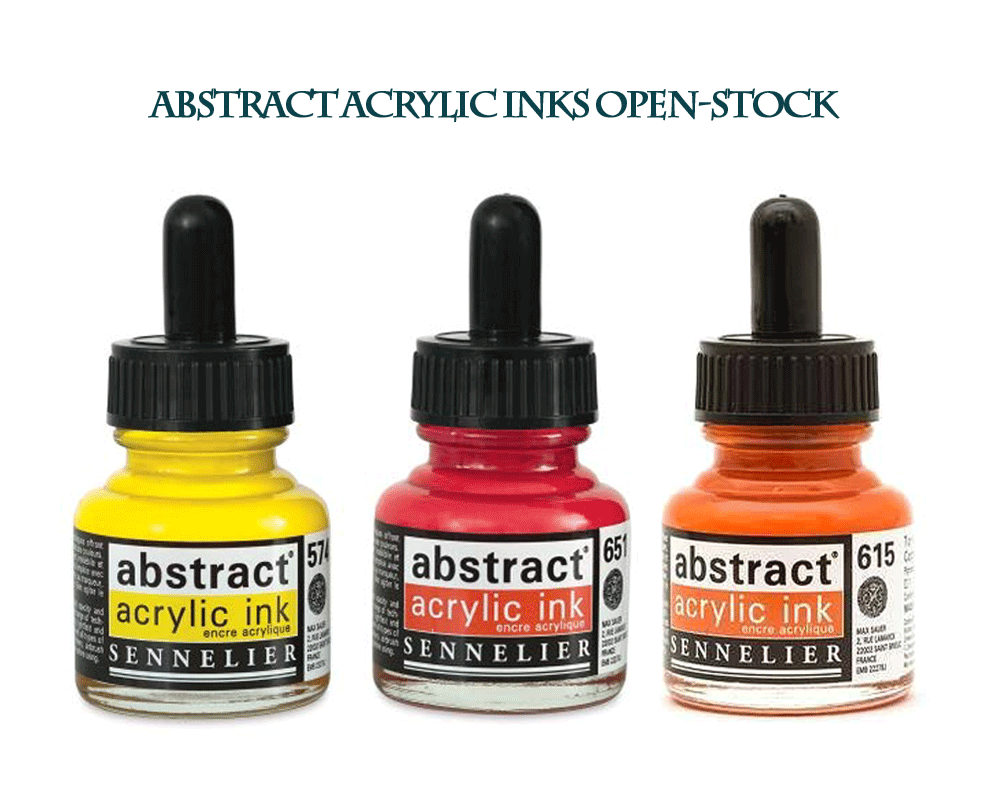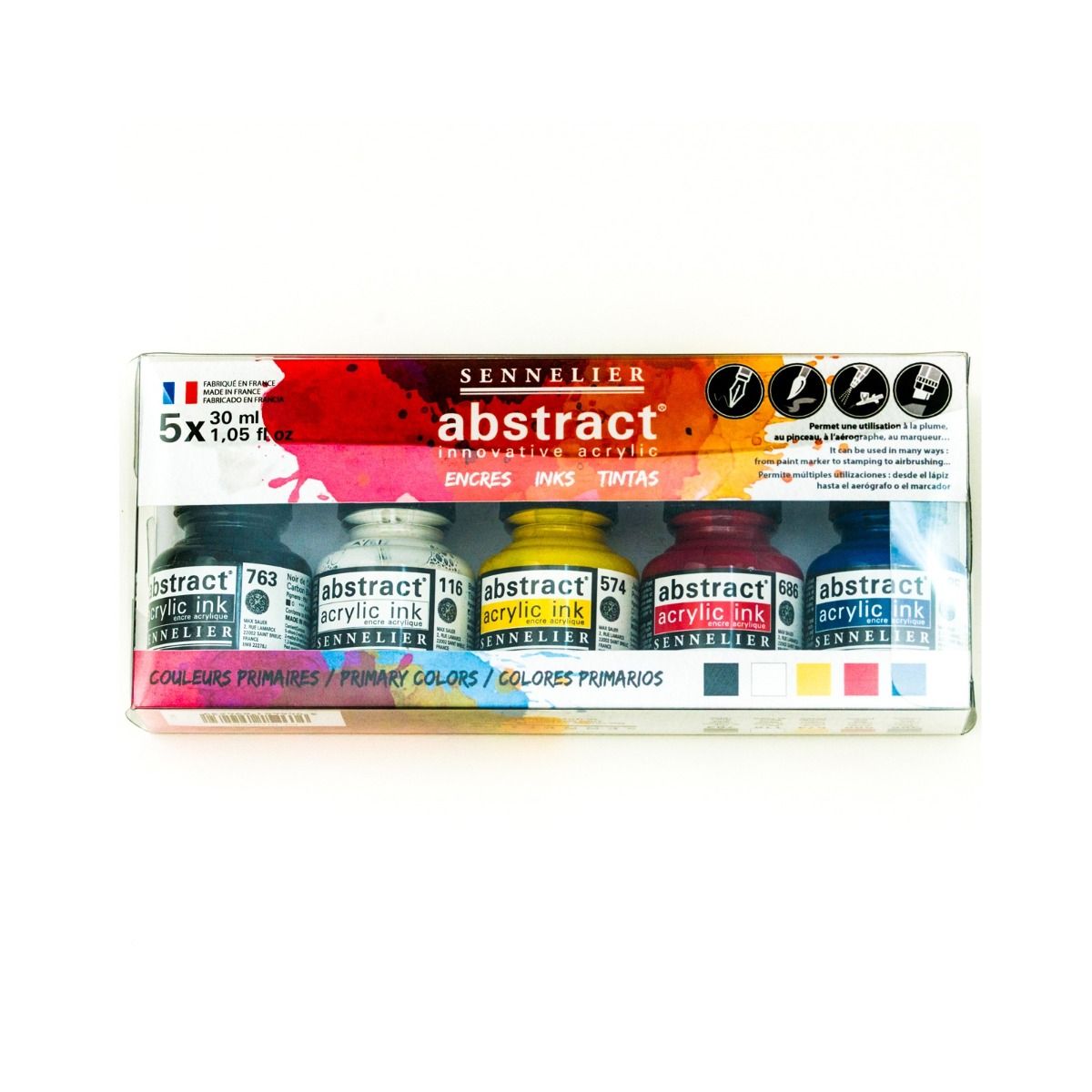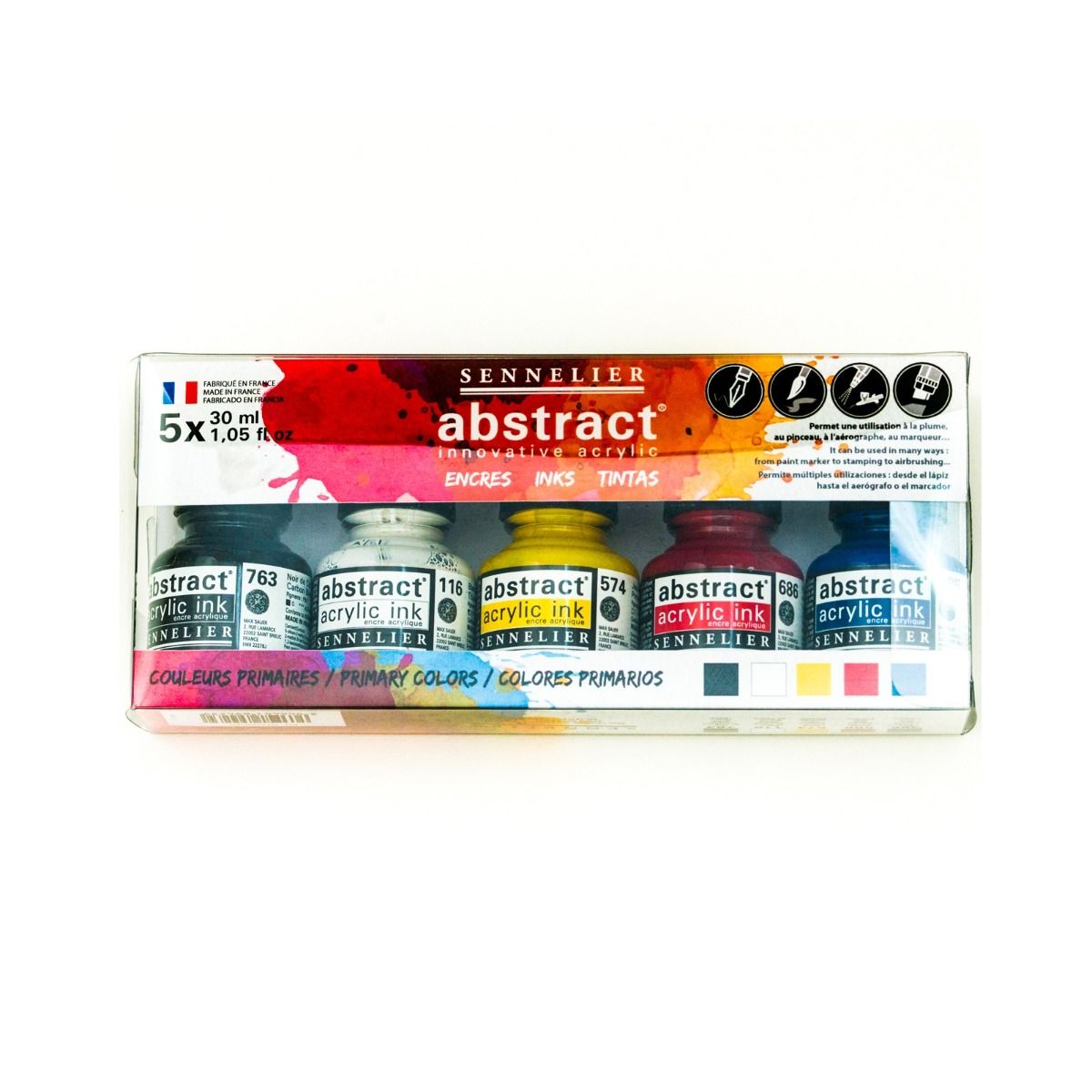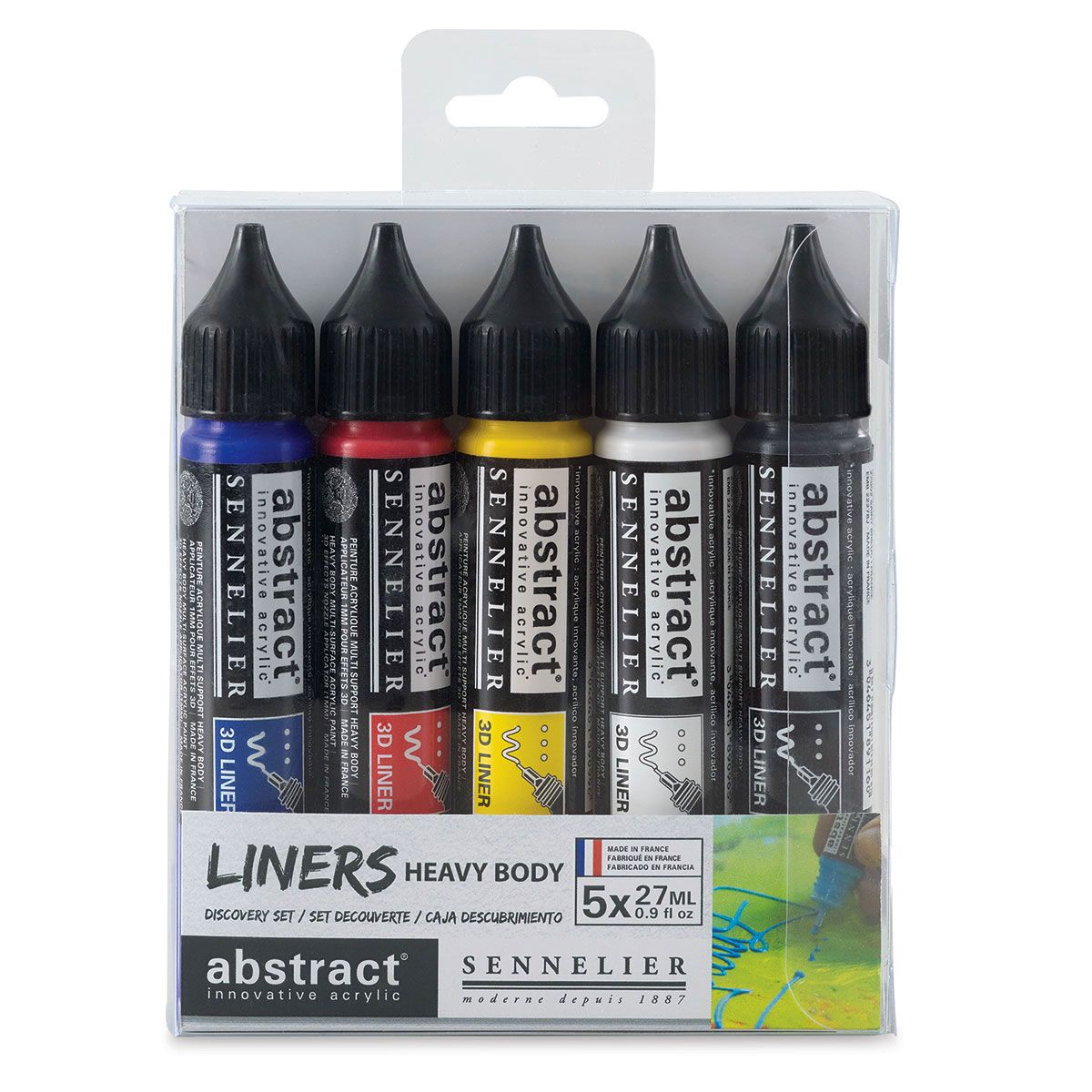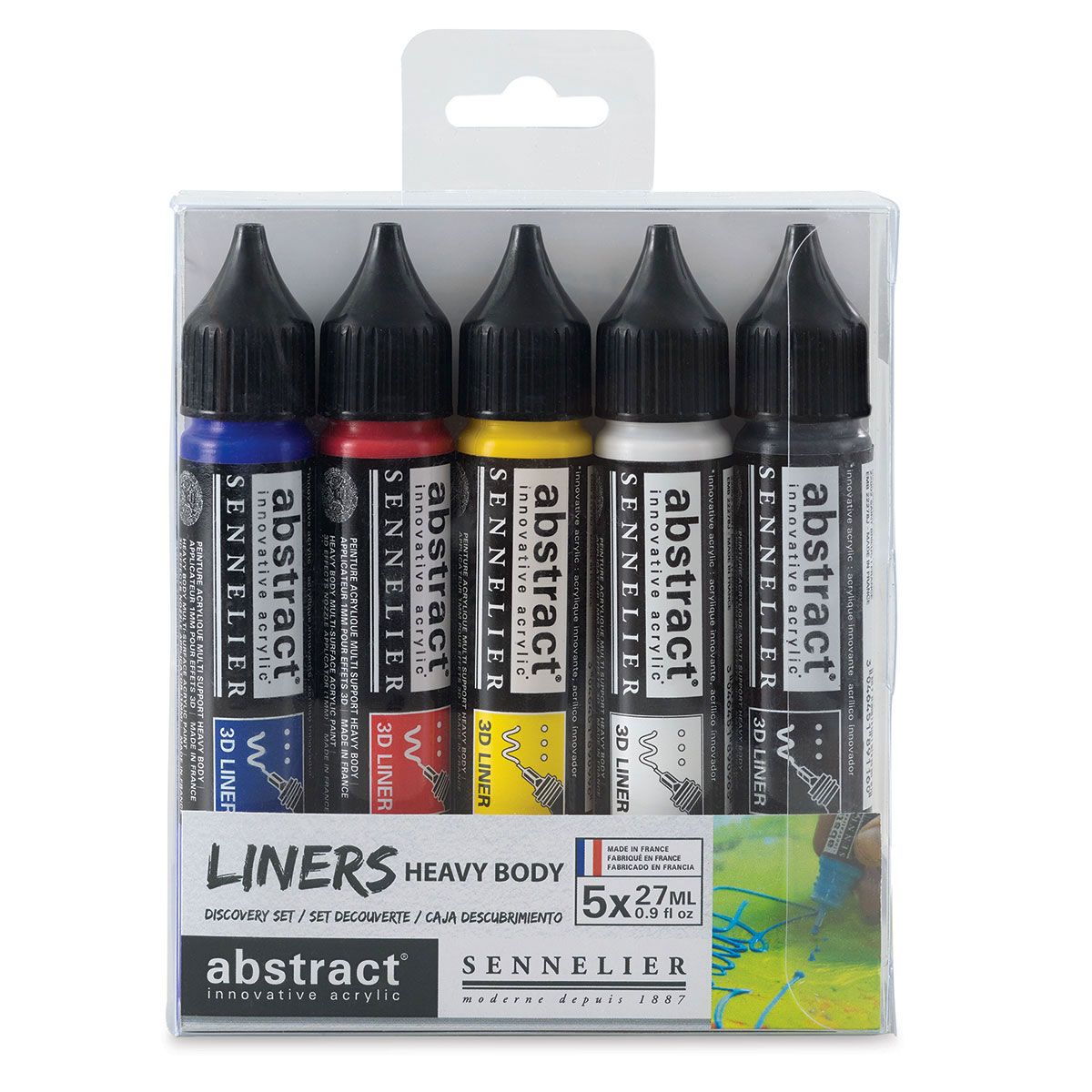Abstract Acrylic Pouch - Satin 835 Cobalt Green Deep Hue 120ml
The bright Hansa yellow is a transparent yellow and has excellent tinting strength. Phthalo Blue PB15:3 is a structural variant of Phthalo Blue PB15 that produces more greenish tones. Mixed with Titanium White, the most brilliant of the white pigments makes a beautiful deep green hue.
Composition and Permanence:
- Pigment Name: PW6-Titanium White; PY3-Hansa Yellow 10G; PB15:3-Phthalo Blue
- Pigment Type: Mixed
- Lightfastness: I *** Very Good
- Opacity: Opaque
- Conforms to ASTM D5098-03
- Warning: No significant acute hazards
ONE THAT COMES IN A PACKAGING THAT IS INNOVATIVE, ELEGANT, HANDY AND FEELS RIGHT.
The bright Hansa yellow is a transparent yellow and has excellent tinting strength. Phthalo Blue PB15:3 is a structural variant of Phthalo Blue PB15 that produces more greenish tones. Mixed with Titanium White, the most brilliant of the white pigments makes a beautiful deep green hue.
Composition and Permanence:
Pigment Combination: PW6-Titanium White; PY3-Hansa Yellow 10G; PB15:3-Phthalo Blue
1 PIGMENT NAME: PW6-TITANIUM WHITE
Pigment Type: Inorganic
Chemical Name: Titanium dioxide
Properties
Titanium White is the most brilliant of the white pigments. It is considered an all-purpose oil colour useful in all techniques and the best all-around white. Its masstone is neither warm nor cool, placing it somewhere between Lead White and Zinc White. It is less prone to cracking and yellowing than Lead White, but it still yellows easily. Titanium White dries slowly in oil form, more slowly than Lead White but more quickly than Zinc White. It is opaque in oil and acrylic forms and semi-opaque in watercolour form. This pigment has good chemical stability, and its tinting strength is superior to both Lead White and Zinc White.
Permanence
Titanium White has excellent permanence and lightfastness.
Toxicity
Titanium dioxide is highly stable and is regarded as completely non-toxic. Animal studies do not indicate that it is absorbed biologically, even after long periods of exposure. The primary safety concern is with inhalation of fine pigment dust particles.
History
Titanium is the ninth most abundant element in the Earth's crust; however, mineral deposits that are economical to mine are less common. Titanium dioxide was first discovered in 1821, although it could not be mass-produced until 1919. Widespread use of the pigment began in the 1940s. Since that time, it has become the most commonly used white pigment. The name comes from the Latin word Titan, the name for the elder brother of Kronos and the ancestor of the Titans, and the Greek word tito, meaning day or sun.
2 Pigment Name: PY3-Hansa Yellow 10G
Pigment Type: Organic, monoazo
Properties
This Hansa yellow is transparent. It has excellent brightness and tinting strength, and its drying time ranges from average to slow. Hansa Yellow makes more intense tints and cleaner secondaries than Cadmium Yellows, especially when mixed with other organic or modern colours like Phthalo Blue and Green. Because they are more transparent, they have great value as glazing colours.
Permanence
This Hansa Yellow has fair to good permanence, particularly in the lighter shades.
Toxicity
Hansa Yellow has no significant acute hazards, though its chronic risks have not been well studied.
History
Hansa Yellows were first made in Germany just before WW1 from synthetic dyestuffs called Pigment Yellow. They were intended to be an artificial replacement for Cadmium Yellow.
3 Pigment Name: PB15:3-Phthalo Blue
Pigment Type: Organic
Chemical Name: Beta copper phthalocyanine
Properties
Phthalo Blue PB15:3 is a structural variant of Phthalo Blue PB15 that produces more greenish tones.
Permanence
Phthalo Blues are completely lightfast and stable and are permanent for all paint uses. Due to their stability, they are currently used in inks, coatings, and many plastics and are considered a standard pigment in printing ink and the packaging industry.
Toxicity
Phthalo Blues have no significant hazards, although those made before 1982 contained some PCBs (polychlorinated biphenyls).
History
Developed by chemists using the trade name Monastral Blue, the organic blue dyestuff is, now known as Phthalo Blue, was presented as a pigment in November 1935 in London. Its discovery was accidental. The dark colour was observed in a kettle where a dye was being made from a British dyestuff plant. The demand for such a pigment came from commercial printers who wanted cyan to replace Prussian Blue.
| Brand | Sennelier |
|---|---|
| Country of Manufacture | France |
| Type of Store Credit value | Select |










